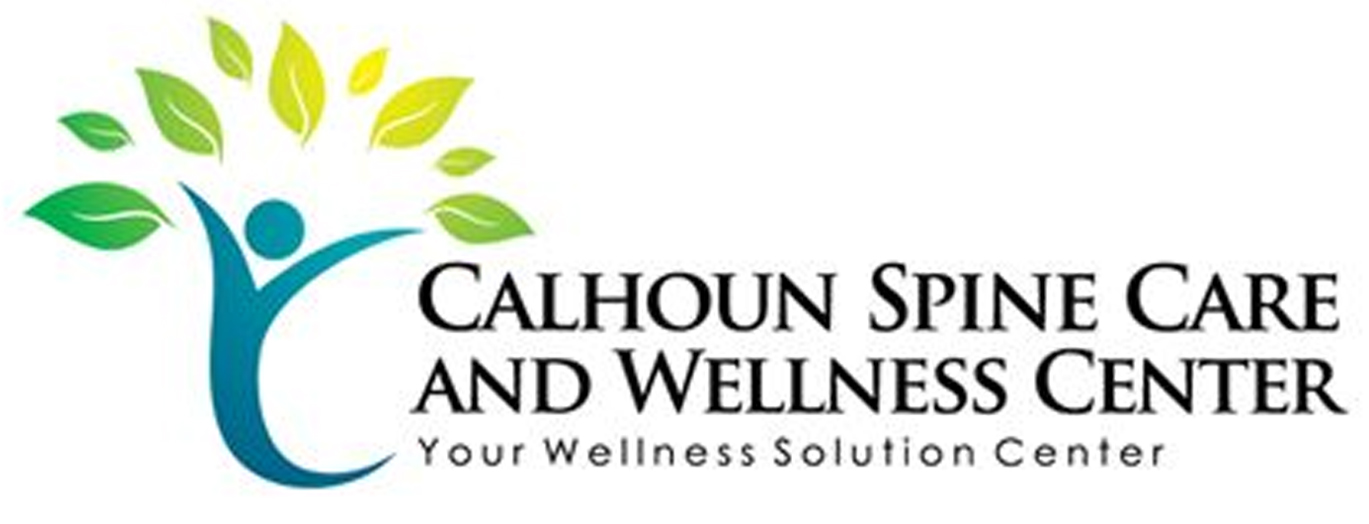When you're dealing with the discomfort of headaches or migraines, it's crucial to explore effective natural remedies that can offer relief without relying solely on medication. You might find that herbal teas, essential oils, and mindfulness techniques can play a significant role in managing your symptoms. By making a few dietary adjustments and incorporating lifestyle changes, you could not only alleviate pain but also prevent future episodes. So, what are some specific methods you can implement to enhance your well-being and tackle those nagging headaches?
Herbal Teas for Relief
When you're dealing with a headache, a warm cup of herbal tea can work wonders. The soothing warmth and aromatic qualities of herbal teas can help relax your mind and body, providing much-needed relief. Certain herbs are particularly effective in combating headache symptoms, making them a go-to choice for natural treatment.
Peppermint tea is one of your best options. Its menthol content promotes blood circulation and helps ease tension, which can be a contributing factor to headaches. Simply steep fresh or dried peppermint leaves in hot water, and enjoy the invigorating flavor while reaping its benefits.
Chamomile tea is another excellent choice. Known for its calming properties, chamomile can reduce stress and anxiety, often linked to headache triggers. The anti-inflammatory effects of chamomile may also alleviate headache pain. Brew a cup before bed, and let its soothing qualities help you unwind.
Ginger tea shouldn't be overlooked either. This powerhouse root has anti-inflammatory properties that can combat headache pain, especially migraines. Make ginger tea by simmering fresh ginger slices in water, or opt for store-bought ginger tea bags for convenience.
Lastly, consider lemon balm tea. This herb not only tastes delightful but also acts as a mild sedative, helping to reduce tension and stress.
Whatever your choice, sipping on herbal tea is a simple yet effective way to find relief from headaches. So, next time you feel that familiar ache, reach for a cup of herbal tea and let nature help soothe your discomfort.
Essential Oils and Their Benefits
Vital oils are powerful allies in the quest for headache relief, offering a range of benefits that can enhance your well-being. When it comes to tackling headaches and migraines, certain vital oils stand out for their therapeutic properties.
Peppermint oil, for instance, contains menthol, which can help relax muscles and improve blood circulation. Applying diluted peppermint oil to your temples may provide a cooling sensation that alleviates tension.
Lavender oil is another excellent option. Its calming and soothing properties can help reduce stress and anxiety, two common triggers for headaches. Simply inhaling lavender oil or using it in a diffuser can create a peaceful environment that may aid in headache relief.
You might also consider using eucalyptus oil, which has anti-inflammatory properties that can help clear nasal passages and relieve sinus-related headaches.
To use these oils effectively, try diluting a few drops with a carrier oil, like coconut or jojoba oil, and massaging it onto your temples or the back of your neck. You can also create a relaxing steam inhalation by adding a few drops of your chosen oil to hot water and inhaling the steam.
Mindfulness and Relaxation Techniques
Incorporating mindfulness and relaxation techniques into your routine can complement the benefits of essential oils for headache relief. These practices help you manage stress and tension, which are often key triggers for headaches and migraines. By focusing on the present moment, you can reduce anxiety and promote a sense of calm.
One effective technique is deep breathing. Find a quiet place, close your eyes, and take slow, deep breaths. Inhale through your nose for a count of four, hold for four, and exhale through your mouth for another count of four. Repeat this for several minutes, allowing your body to relax with each breath.
Another method is progressive muscle relaxation. Start by tensing and then relaxing each muscle group, beginning with your toes and working your way up to your head. This can help release built-up tension and promote physical relaxation.
You might also consider guided imagery. Picture a peaceful scene, like a beach or a quiet forest. Focus on the details, such as the sound of waves or the scent of pine trees, to distract your mind from pain and stress.
Lastly, try incorporating mindfulness meditation into your daily routine. Even five to ten minutes of sitting quietly and focusing on your breath can help clear your mind and reduce headache frequency.
Dietary Adjustments to Consider
Making dietary adjustments can greatly impact your headache management. One of the first things to contemplate is your hydration levels. Dehydration is a common trigger for headaches, so make sure you're drinking enough water throughout the day. Aim for at least eight 8-ounce glasses or more if you're active.
Next, pay attention to your meals. Skipping meals can lead to low blood sugar, which might trigger headaches. Try to eat regular, balanced meals that include protein, healthy fats, and complex carbohydrates. Foods rich in magnesium, such as leafy greens, nuts, and seeds, can help prevent headaches as well.
Some individuals find that certain foods trigger their headaches. Common culprits include aged cheeses, processed meats, artificial sweeteners, and foods containing MSG. Keeping a food diary can help you identify any patterns and eliminate these triggers from your diet.
Incorporating anti-inflammatory foods can also be beneficial. Contemplate adding fruits like berries and cherries, fatty fish like salmon, and spices such as turmeric and ginger to your meals. These can help reduce inflammation and may lessen headache frequency.
Lastly, limit caffeine intake. While a small amount can help relieve headaches for some, too much caffeine can lead to rebound headaches. Moderation is key.
Lifestyle Changes for Prevention
One effective way to prevent headaches is by implementing positive lifestyle changes. Start by ensuring you get enough sleep each night. Aim for 7-9 hours of quality sleep, as irregular sleep patterns can trigger headaches. Establishing a consistent sleep schedule can help regulate your body's internal clock.
Next, consider your hydration levels. Dehydration is a common headache trigger, so make it a habit to drink plenty of water throughout the day. Carry a reusable water bottle to remind yourself to stay hydrated.
In addition, managing stress through relaxation techniques is essential. Incorporate activities like yoga, meditation, or deep-breathing exercises into your daily routine. These practices can help reduce tension, which often leads to headaches.
Regular exercise is another key component. Aim for at least 30 minutes of moderate physical activity most days of the week. Not only does exercise boost your overall health, but it also releases endorphins, which can act as natural pain relievers.
Lastly, evaluate your screen time. Prolonged exposure to screens can lead to eye strain and tension headaches. Take regular breaks, follow the 20-20-20 rule (look at something 20 feet away for 20 seconds every 20 minutes), and consider using blue light filters.
Conclusion
Incorporating these natural remedies into your routine can make a world of difference in managing headaches and migraines. Enjoy soothing herbal teas, experiment with essential oils, and practice mindfulness techniques to find what works best for you. Don't forget to stay hydrated, eat balanced meals, and engage in regular exercise. By making these small lifestyle changes, you can take charge of your well-being and reduce the frequency and intensity of those pesky headaches.



